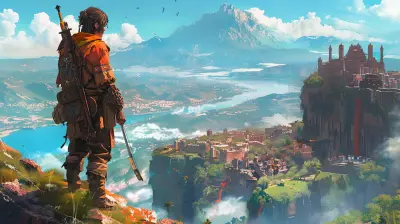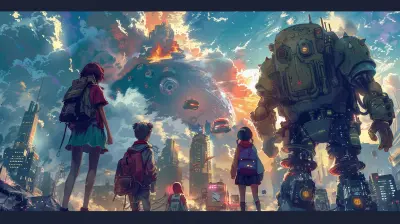From Concept to Creation: How World Building Shapes Game Narratives
27 October 2025
Picture this: A beautifully imagined world where lush forests whisper secrets, bustling cities hum with energy, and ancient ruins hint at forgotten histories. Sounds captivating, doesn’t it? Well, that’s the power of world building in video games. It takes us beyond simple gameplay mechanics and immerses us in rich, living, breathing universes. But world building isn’t just about creating a pretty backdrop—it’s the foundation upon which game narratives are built. Without it, stories would lack depth, and characters wouldn’t feel grounded in reality.
In this article, we’re diving deep into how world building shapes game narratives, starting from the very first spark of an idea to the fully realized virtual worlds we lose ourselves in for hours. Whether you’re a gamer, a writer, or just someone who's curious about what goes on behind the scenes, there’s something here for you.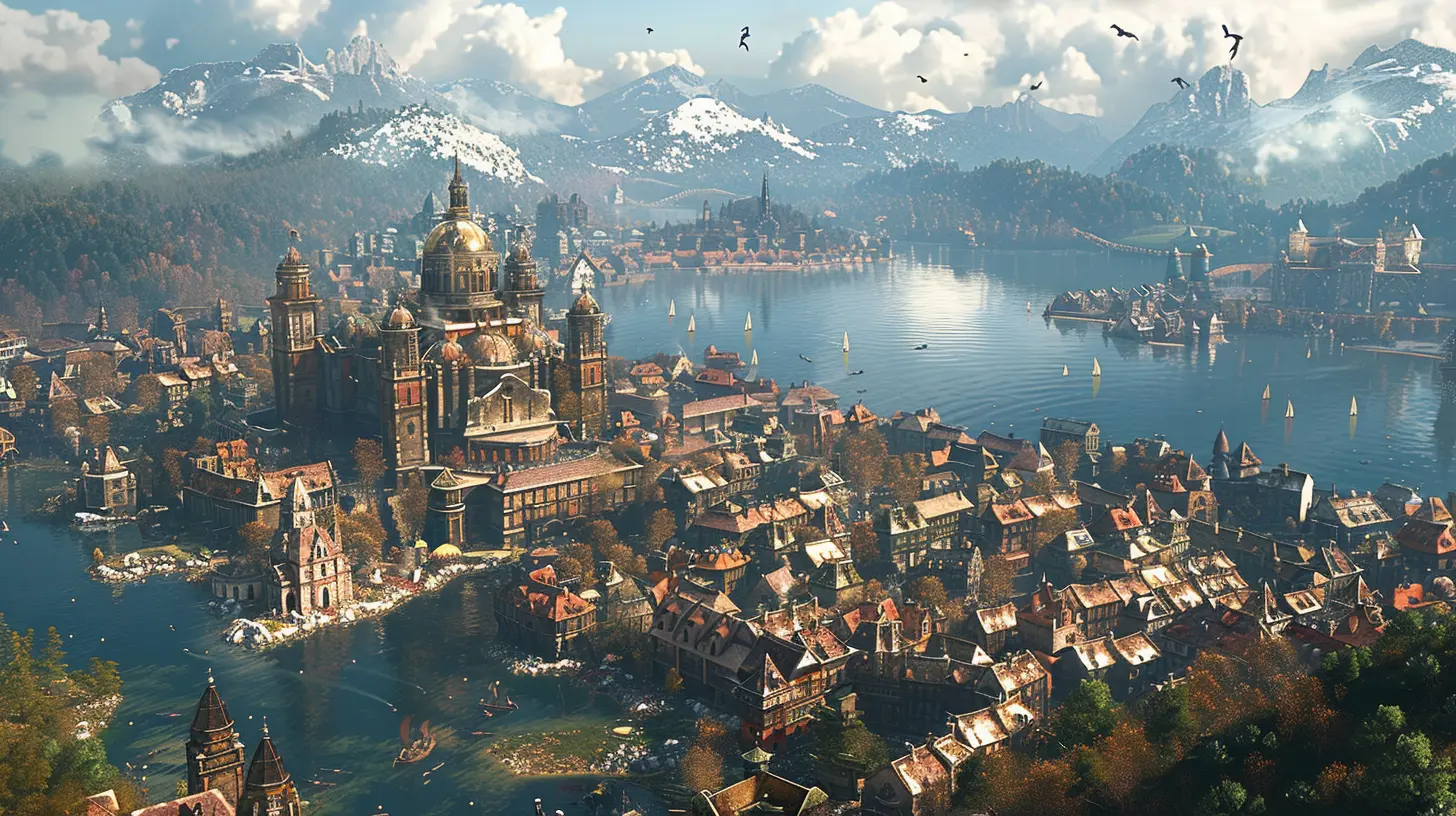
What Is World Building, Anyway?
Let’s start with the basics. World building is the process of creating a fictional universe, complete with its own rules, history, geography, cultures, and lore. In games, this goes beyond just designing the visual environment—it’s about creating a cohesive world where every detail enhances the story.Think of it as building a giant sandbox where players can explore, interact, and uncover stories at their own pace. It’s not just about where the story happens; it’s how that world contributes to the story’s tone, themes, and emotional resonance. A post-apocalyptic wasteland and a whimsical fantasy kingdom might both host hero journeys, but the narratives would feel worlds apart—pun intended—because of the world building.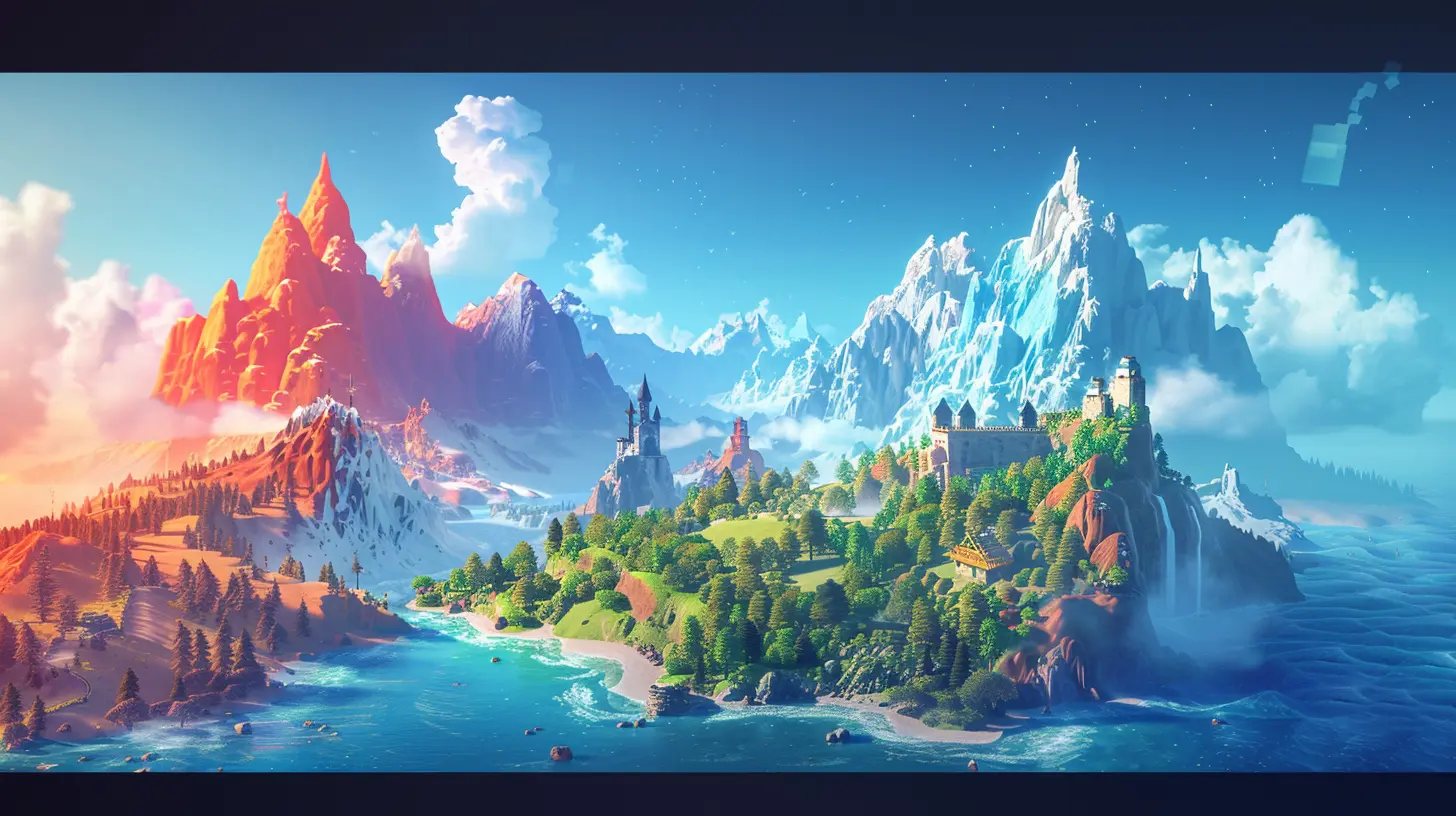
Why World Building Matters for Game Narratives
World building and storytelling go hand in hand. Here’s why:1. Setting the Stage for the Story
Imagine trying to tell a medieval fantasy epic in a bland, featureless landscape. Not very engaging, right? A rich world provides the foundation for compelling stories. It sets the stage by giving context to the narrative. Why is this kingdom at war? What ancient magic lies hidden beneath the mountain? The answers to these questions lie in the world itself.
2. Immersion Is Everything
Great games make you forget you’re playing. They pull you in so deeply that you feel like you’re there. That sense of immersion is directly tied to world building. When every blade of grass, every NPC (non-playable character), and every piece of lore feels like it belongs, the story becomes more believable.
3. Driving Player Emotion
The right world can amplify a narrative’s emotional impact. Think about the stark loneliness of the universe in Outer Wilds. The world itself is a character, evoking wonder, fear, and introspection. Without that carefully crafted setting, the story wouldn’t hit as hard.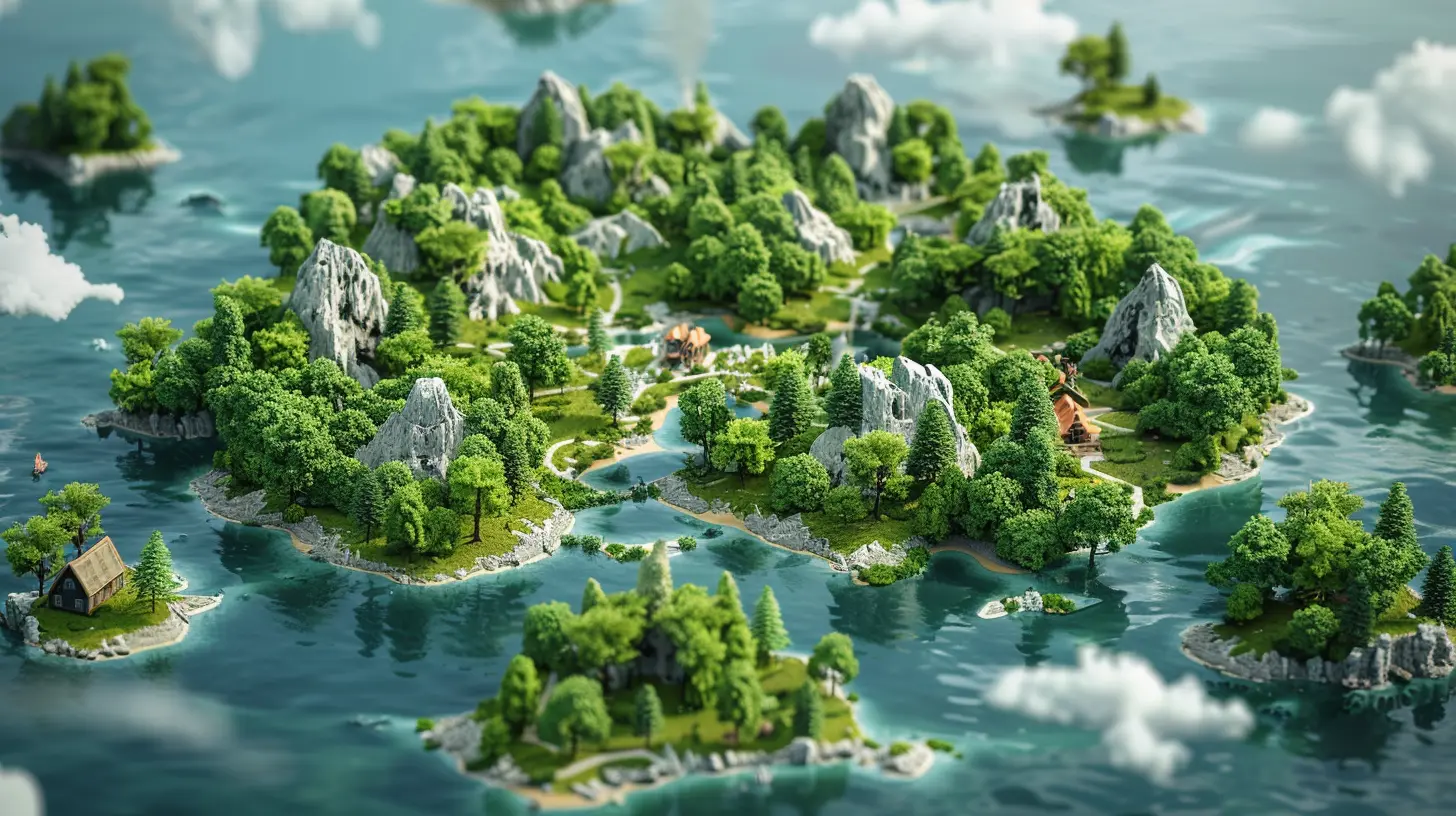
The Steps of World Building: From Concept to Creation
Creating a game world that feels alive isn’t as easy as drawing a map and calling it a day. There’s a method to the madness. Let’s break it down step by step.1. The Spark: Where Ideas Begin
Every great game world starts with an idea. Maybe it’s a “what if” question: What if humanity was forced to live underwater? Or maybe it’s inspired by a specific theme or aesthetic: neon-soaked cyberpunk cities, anyone? The concept acts as the seed that will eventually grow into a fully fleshed-out world.This is where creatives brainstorm the setting, tone, and basic rules of the world. Is magic real? Are there aliens? How does time work? It’s the “defining the sandbox” stage, where creativity flows freely.
2. Building the Rulebook
A believable world needs rules. This doesn’t mean just listing limitations—it’s about creating consistency. For players to believe in the narrative, the world must feel like it could exist. Decisions need to be made about the world’s physics, culture, economy, and history. How does the society function? Are there moral codes or political systems?For example, in The Witcher series, the complex political landscape and racial tensions are intricately tied to the narrative. Without these details, Geralt’s journey would feel less meaningful.
3. Designing the Physical World
Maps, maps, and more maps! The geography of a game world isn’t just about looking pretty—it’s a narrative tool. Mountains might separate warring nations. A cursed forest could hide ancient secrets. Game designers carefully craft landscapes to guide players and influence how they interact with the story.Think of games like Red Dead Redemption 2. Every hill, valley, and river feels purposeful. The environment directly impacts the player’s journey, enriching both gameplay and narrative.
4. Bringing the World to Life With Lore
Lore is the soul of world building—it’s the history, myths, and stories that breathe life into the setting. It’s what makes a world feel like it existed long before the player showed up. But here’s the thing: great lore doesn’t shove itself in your face. It’s woven subtly into the environment, dialogue, and gameplay.Take Dark Souls, for example. The game doesn’t spoon-feed you its lore. Instead, it hides it in item descriptions, cryptic NPC conversations, and environmental clues. Players piece the story together bit by bit, making it all the more rewarding.
5. Populating the World With Characters
A world is only as interesting as its inhabitants. From quirky side characters to major NPCs, everyone needs to feel like they have a purpose. Their backstories, motivations, and personalities all tie into the overarching narrative. When done well, characters interact with the world in ways that feel organic.In Mass Effect, for instance, NPCs aren’t just filler—they’re integral to the story. Their personal arcs are influenced by the political and cultural dynamics of the game world, creating a narrative that feels deeply interconnected.
6. Layering in Player Choice
Here’s where it gets really cool. In many modern games, world building isn’t static—it’s dynamic and reactive. The decisions players make can shape the world itself, altering the narrative in meaningful ways. This creates a sense of agency, making the player feel like their actions genuinely matter.In The Elder Scrolls V: Skyrim, you’re free to shape the narrative through your choices: join factions, side with one political group or another, or just ignore all of that and become a stealthy, cheese-hoarding thief. The world adjusts to your whims, making your experience unique.
Challenges in World Building
Let’s be real—world building isn’t all sunshine and roses. It’s a complex process, and there are plenty of hurdles along the way.- Overloading With Details
It’s easy to get carried away and bombard players with too much lore or exposition. Nobody wants to read an encyclopedia just to understand a game.
- Balancing Freedom and Narrative
In open-world games, how do you balance player freedom with a structured story? Let players roam too much, and narrative urgency can suffer.
- Keeping It Consistent
A world is only believable if it stays consistent. Forget your own rules, and players will notice. Whether it's a plot hole or a contradiction in the world’s logic, it can break immersion instantly.
Memorable Examples of World Building in Games
Sometimes, you hear the name of a game, and the world instantly pops into your head. That’s the mark of exceptional world building. Here are some standouts:- The Legend of Zelda: Breath of the Wild
Hyrule feels like a character in its own right. Every ruin tells a story, and the freedom to explore makes the world come alive.
- BioShock
Rapture’s underwater dystopia is unforgettable. The world mirrors the game’s themes of power, greed, and human hubris, making it an integral part of the narrative.
- The Elder Scrolls Series
From Morrowind to Skyrim, these games excel at creating vast, detailed worlds packed with history, culture, and lore.
Final Thoughts
World building isn’t just a background detail—it’s the backbone of game narratives. It shapes the story, gives context to characters, and creates immersive player experiences. Whether it’s the grim gothic cities of Bloodborne or the sprawling sci-fi vistas of No Man’s Sky, world building transports us to places we never imagined, turning a simple game into an unforgettable journey.So next time you’re playing, take a moment to appreciate the thought and care that went into crafting the world around you. Because without the world, there’s no story.
all images in this post were generated using AI tools
Category:
World BuildingAuthor:

Greyson McVeigh
Discussion
rate this article
1 comments
Madalyn Strickland
World building is the heartbeat of immersive gaming! It transforms mere ideas into expansive universes, inviting players to explore rich narratives and connect deeply with characters. When crafted with passion and creativity, these worlds become unforgettable journeys that resonate long after the game ends.
November 14, 2025 at 4:39 AM

